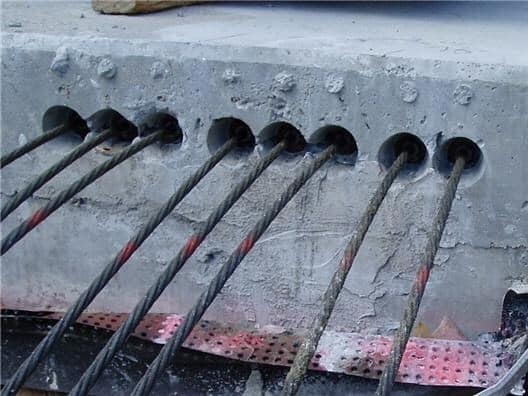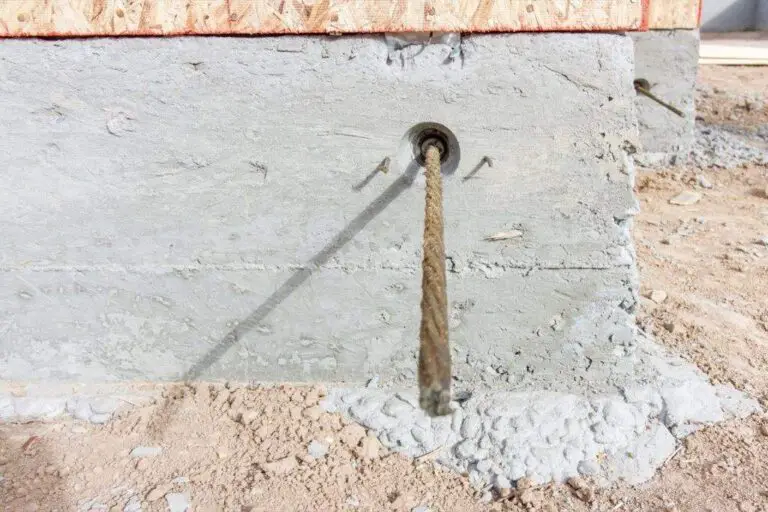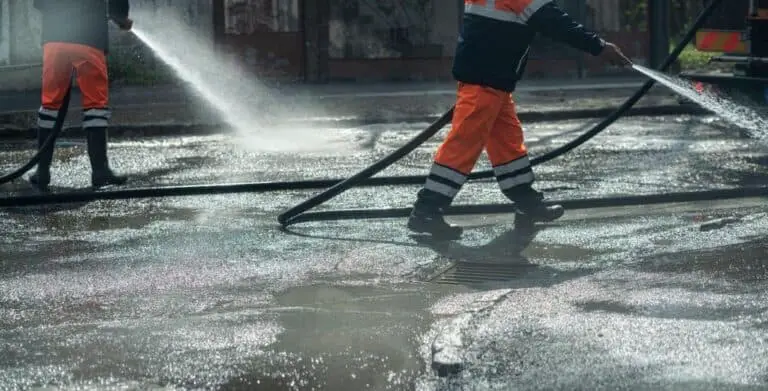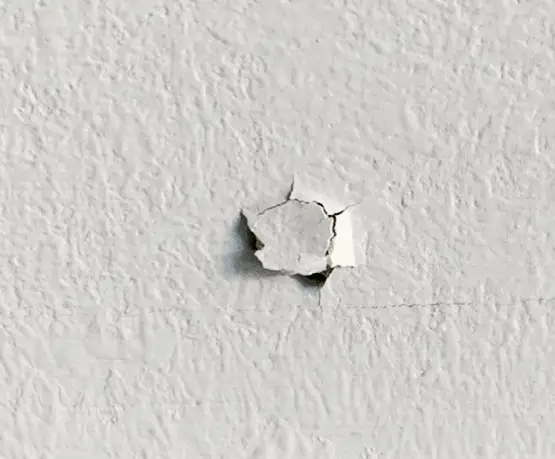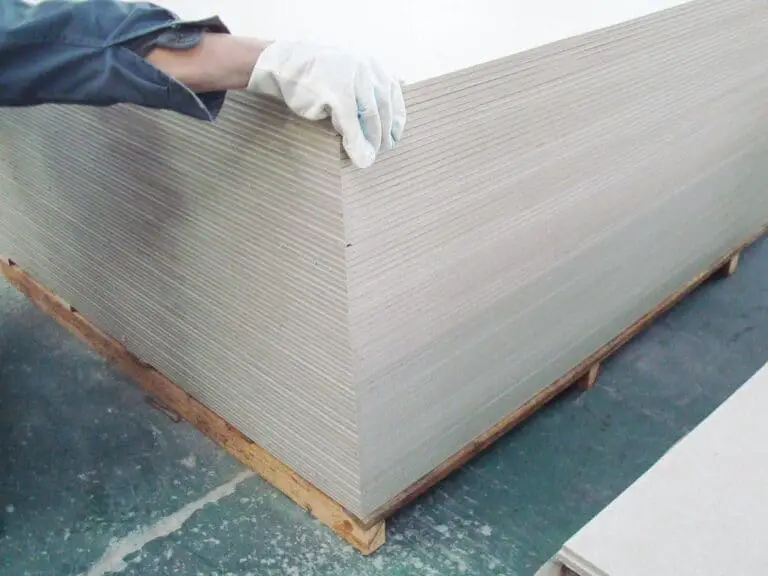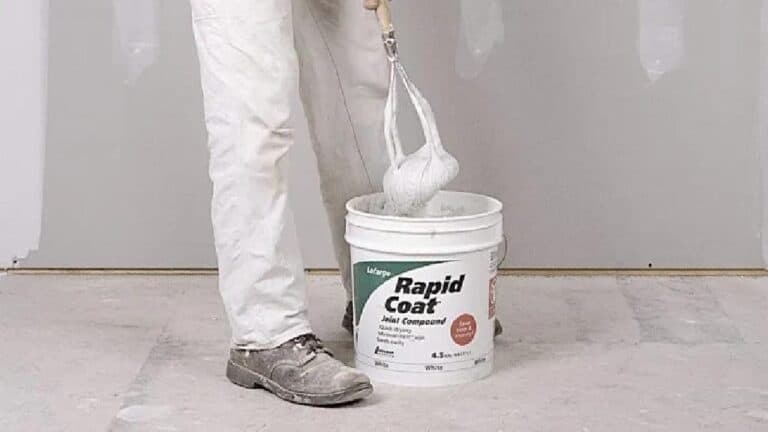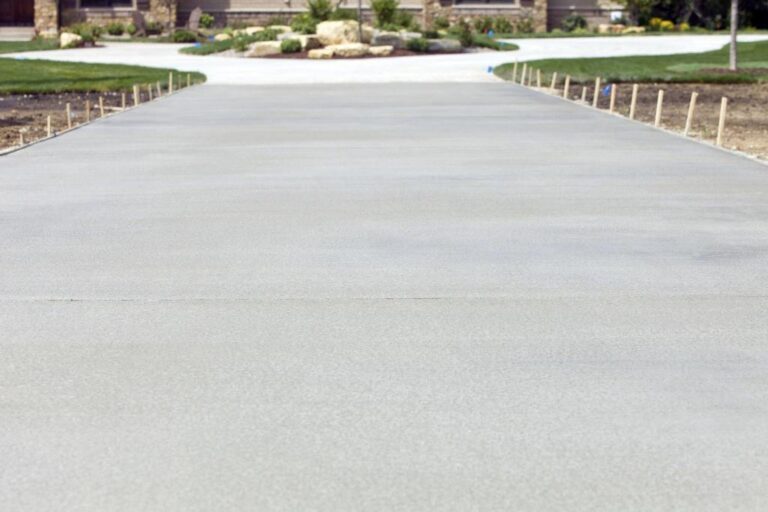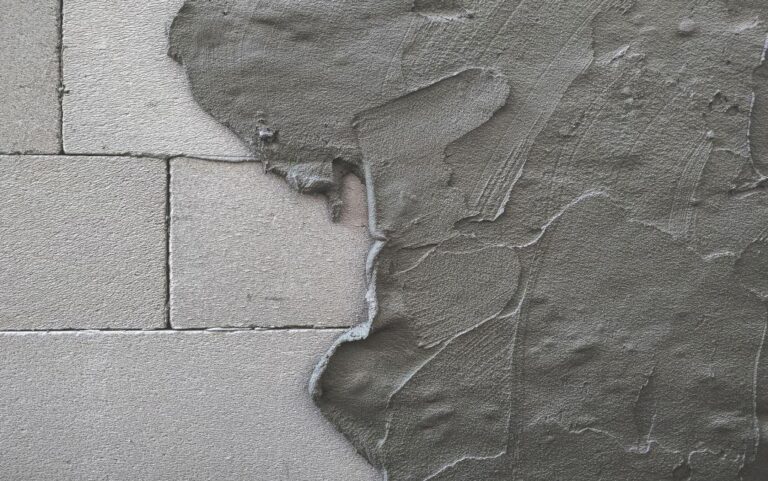Post Tension Cables Spacing: How Far Apart and How Deep To Install
Post-tensioning is a technique widely used in construction to reinforce concrete structures. It involves the use of post-tension cables, which are tensioned after the concrete has been poured. These cables add strength and durability to the concrete, making it capable of withstanding greater loads and reducing the risk of cracking or failure. One critical aspect…

